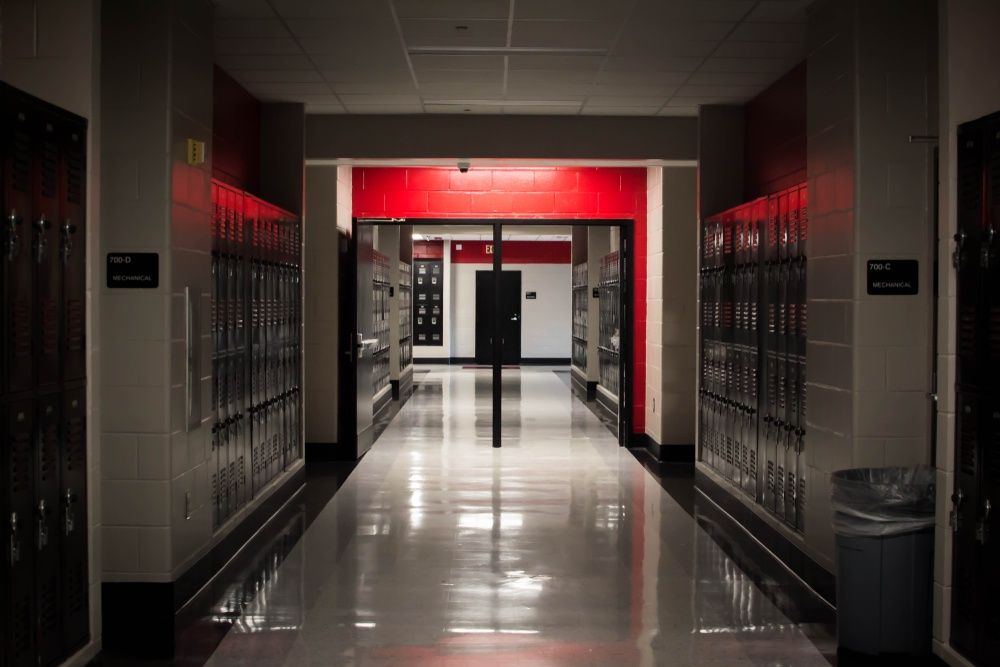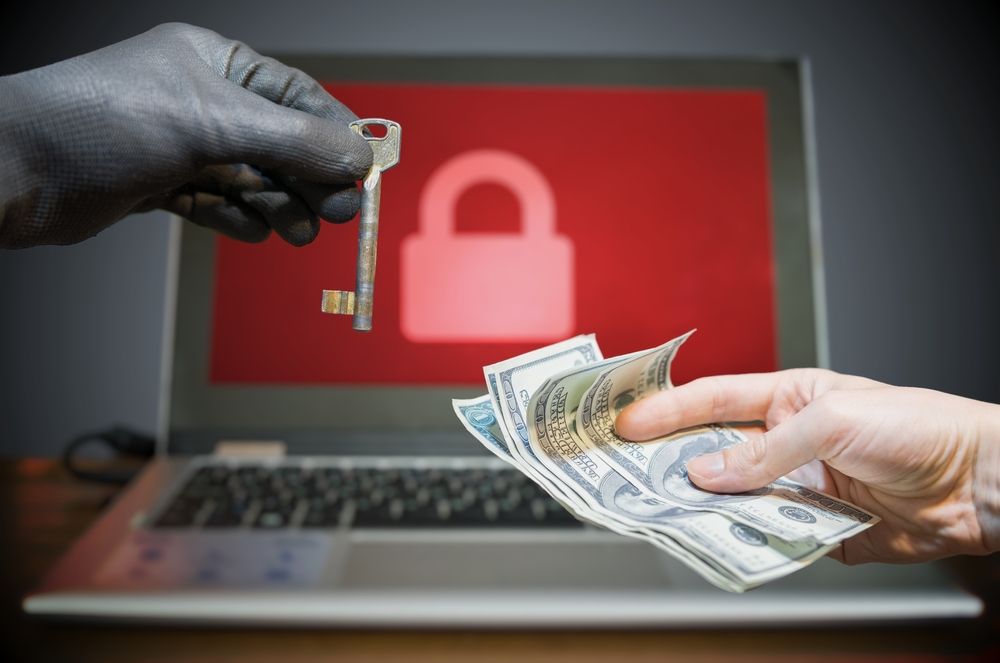School Security Systems: What’s Now and What’s Next?
Protecting American schools calls for the most effective and advanced security systems on the market. Understanding which technologies are currently...
2 min read
 Craig Badrick
:
Feb 1, 2016 5:00:00 AM
Craig Badrick
:
Feb 1, 2016 5:00:00 AM
Every day in the United States, an estimated 3.2 million teachers and more than 50 million students make their way to public and private schools. These figures don’t even include all of the substitute teachers, administrators, helpers, bus drivers, and other staff it takes to run a full-time educational facility, nor do these numbers include the preschool, kindergarten, community school, and college campuses around the nation. For the overwhelming majority of these administrators, teachers, and students, these school days are relatively uneventful. A little drama here and a little scuffle there, but everyone usually goes home safe and sound to their families and loved ones. Usually.
Then there are the Columbines, Sandy Hooks, and Umpqua Community Colleges. The schools which are forever changed by a senseless, unpredictable, irreversible act of violence. These are just the incidents of school violence that we recognize because the national news media reports extensively on active shooter events. Lesser known are the acts of violence that touch only the local folks, like those that occurred in unsuspecting places like Hawthorne High School in California and Pell City High School in Alabama. Unreported by national media outlets, these incidents nonetheless disrupted the educational process, frightened the teachers, students, and parents, and caused schools and school districts to rethink their security policies and procedures.
Among the solutions proposed, tested, and implemented, panic buttons consistently rank at the top of the list. Panic buttons summon help quickly, can be triggered without rousing the suspicion of a violent intruder, and are a viable alternative to arming teachers and administrators who aren’t comfortable with or aren’t trained on using weapons. Panic buttons merely summon help, and the first responders do have the training to assess whether lethal force is required or whether the suspect can be neutralized with other methods.
There is no more lofty goal in the world than protecting innocents from those who would do them harm. That’s why schools need panic buttons along with their other security measures and protocols.
Panic buttons also serve another purpose. When people know that the school has response measures in place, they are less likely to target that school to begin with. This works the same way car alarms, burglar alarms, and home alarm systems do — when a would-be criminal or attacker sees that safeguards and security systems are in place, they usually decide to go somewhere less protected to do their mischief. While nobody wants to see violence occur anywhere, keeping it out of our schools and away from young, helpless students is always the best course of action.
Panic buttons can be programmed to summon the right kind of help to the right incident. Sometimes, police need to be on the scene first. Other times, medical personnel are the primary need.
Panic buttons can summon the right help more quickly than calling 911. In fact, there are many situations where a panic button can be triggered when it would be impossible to reach a phone or get connected to a 911 dispatcher. Panic buttons can be programmed to summon police only, or a combination of police, fire, and other first responders, etc.
Is your school ready to take the obvious next step in providing safety and security for your staff, teachers, and students? Request a quote for a panic button alarm system today.

Protecting American schools calls for the most effective and advanced security systems on the market. Understanding which technologies are currently...

From attacks on school districts to government organizations, bad actors are increasingly using ransomware to attack the public sector.

Implementing the latest mobile learning trends into the classroom can be both exciting and rewarding for students and teachers alike. Whether it be a...